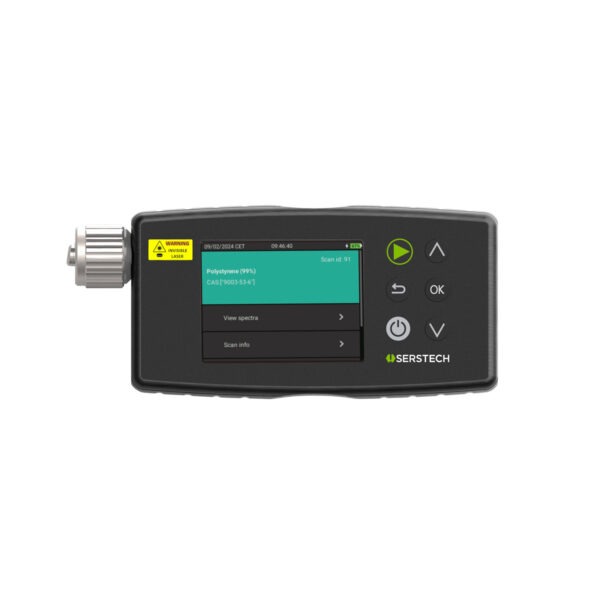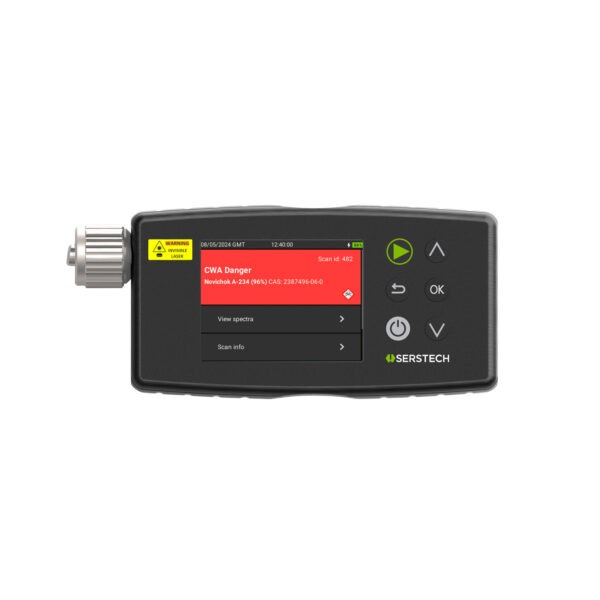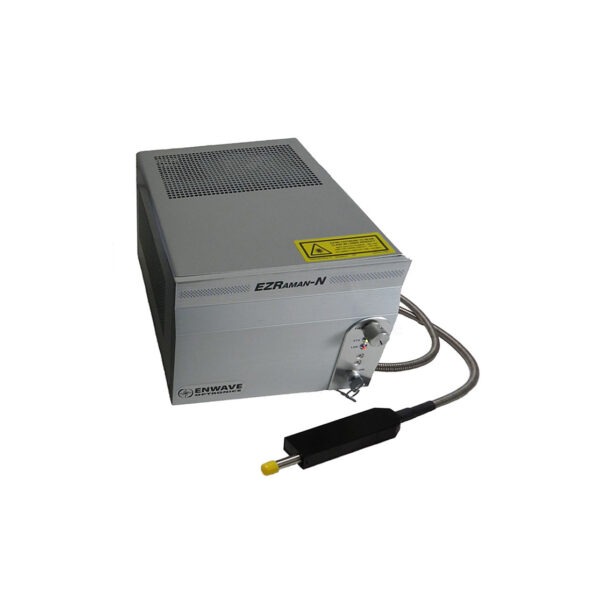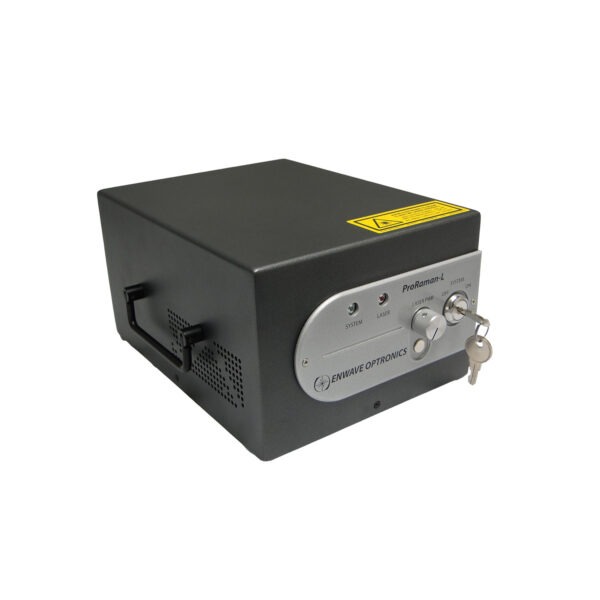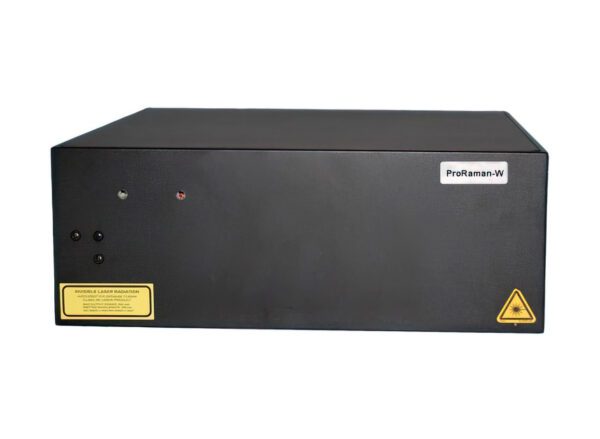Raman spectrometer
Overview of our range of Raman spectrometers
definition
Raman spectrometer use Raman spectroscopy, a non-destructive analytical technique, to obtain information about the chemical composition, structure, and properties of materials. These instruments measure the inelastic scattering of light, the so-called Raman effect, which occurs when light interacts with the vibrational modes of molecules. This enables spectrometer the identification and characterization of substances through their unique Raman spectra.
Advantages of Raman spectroscopy
Raman spectroscopy offers several advantages for materials analysis. These include the non-destructive nature of the method, which allows samples to be examined without damage. Furthermore, it typically requires minimal or no sample preparation. Raman spectra provide specific information about molecular vibrations and thus about the chemical bonding and structure of materials. Furthermore, the technique is applicable to various sample types, including solids, liquids, and gases.
functionality
A Raman spectrometer typically consists of a monochromatic light source, usually a laser, that illuminates the sample. The light scattered by the sample is collected and passed through a spectrometer, which splits the light according to its wavelength. A detector measures the intensity of the scattered light at different wavelengths. Analysis of the wavelength shifts (Raman shift) compared to the excitation wavelength allows the molecules present in the sample to be identified and their concentration to be determined.
Areas of application
Raman spectrometer are widely used in various scientific and industrial fields. These include materials science for the characterization of polymers, nanomaterials, and semiconductors; the pharmaceutical industry for drug quality control and drug substance identification; environmental analysis for the detection of pollutants; art conservation for the analysis of pigments and dyes; and gemology for the identification of gemstones.
Selection criteria
When selecting a suitable Raman spectrometer The specific requirements of your application should be considered. These include the required spectral resolution, the sensitivity of the detector, the wavelength of the excitation laser, the type of samples, and the desired measurement speed. The need for portability and special sample holders can also be relevant factors. Our experienced team offers support in selecting the optimal spectrometer for your analysis tasks.
Contact for further information
We are happy to provide detailed information on the individual systems and assist you in selecting the right instrument. Contact our experienced team for more information.

